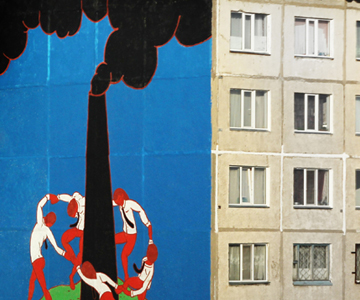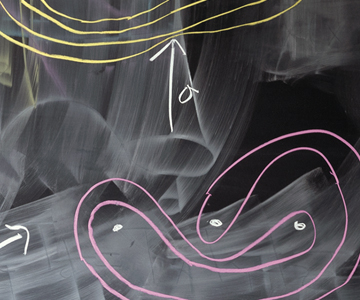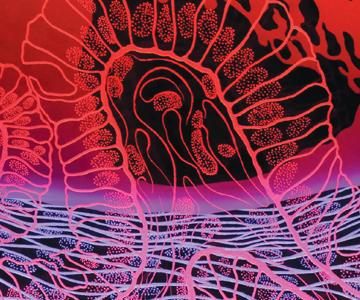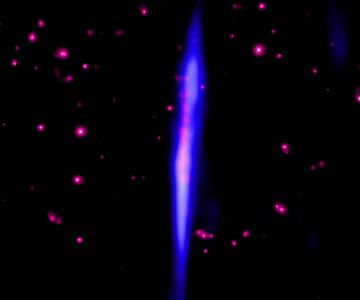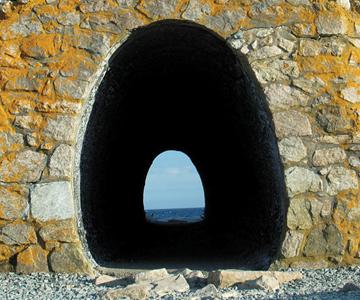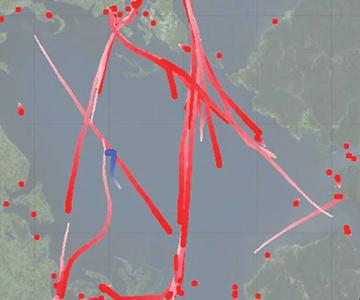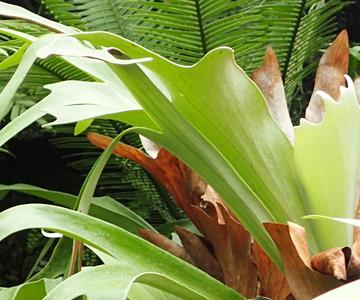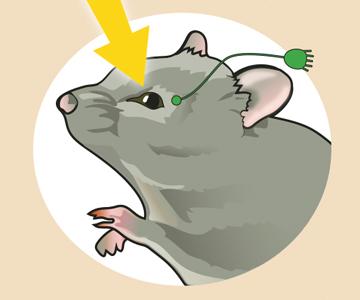Magazine
September-October 2021

September-October 2021
Volume: 109 Number: 5
Bora Bora in French Polynesia has the reputation of being a pristine paradise, but tourism has altered the island’s ecosystem. A coral atoll encircles the island group, creating a gentle lagoon in the middle of the Pacific Ocean. Luxury hotels have built villas directly over the water, and one resort even created an artificial island to accommodate more guests. Snorkeling tourists might not recognize the signs of an unhealthy ecosystem, but remote sensing technologies such as satellites provide ecologists with an overview of the changes. This view from above can help researchers identify areas in distress so that they can develop intervention strategies before it is too late. In “The Shift to a Bird’s-Eye View,” ecologists Elizabeth M. P. Madin and Catherine M. Foley detail how remote sensing technologies have changed their approaches to researching isolated coral reefs and inaccessible penguin populations. The techniques they describe are not limited to ecological projects; remote sensing tools have also helped document humanitarian crises, and they are fundamental to the transition that many researchers have made from the field to their homes in order to maintain social distancing during the COVID-19 pandemic. (Cover image from GeoEye/Science Source.)
In This Issue
- Art
- Astronomy
- Biology
- Chemistry
- Communications
- Computer
- Economics
- Engineering
- Environment
- Ethics
- Mathematics
- Medicine
- Physics
- Technology
How Endocrine Disruptors Affect Menstruation
Kate Clancy
Anthropology Biology Chemistry Environment
The ubiquity of phthalates and other substances known to interfere with hormonal pathways disproportionately harms people with periods.
Designed for Change
Skylar Tibbits
Engineering Technology
Active products that adapt to fit users' needs can be stronger, cheaper, and more comfortable than traditional, static objects.

